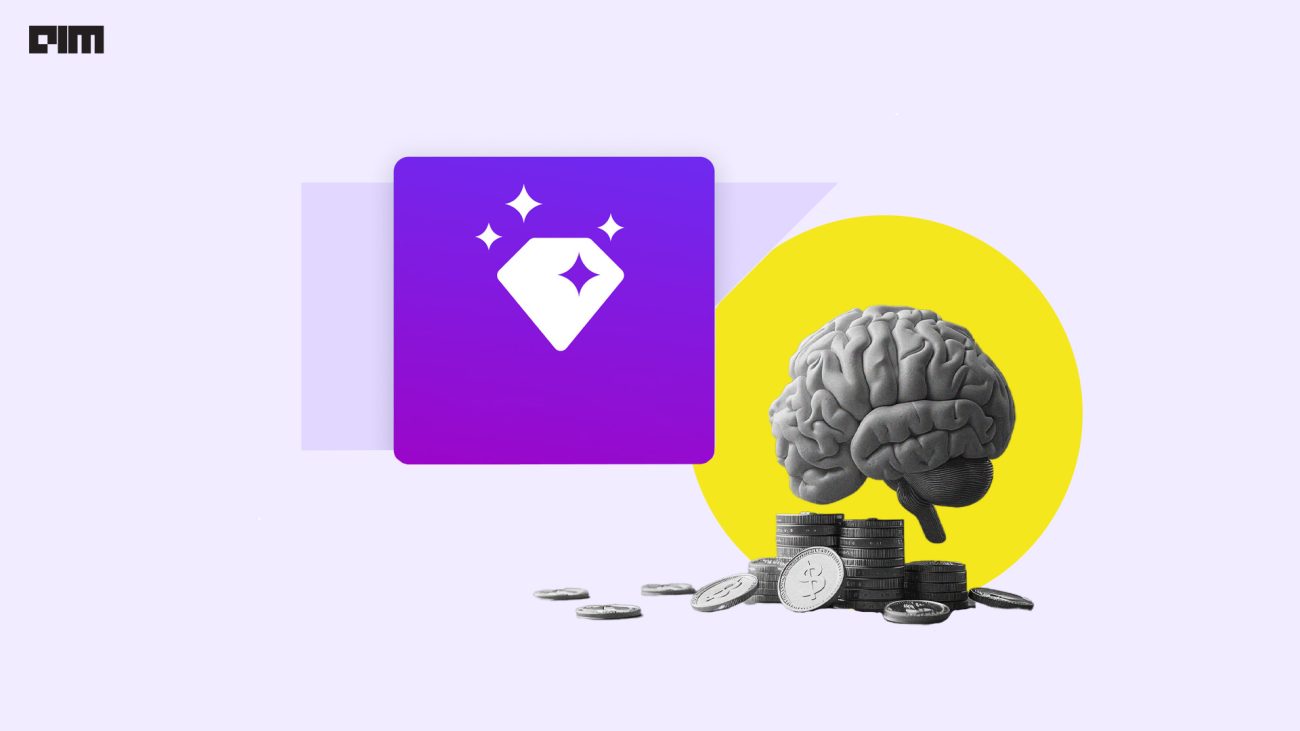|
Listen to this story
|
Amazon CEO Andy Jassy recently revealed that by leveraging Amazon Q, the company was able to save 4,500 developers-years of work. “Yes, the number is crazy, but real,” he posted on X.
One of the most tedious (but critical tasks) for software development teams is updating foundational software. It’s not new feature work, and it doesn’t feel like you’re moving the experience forward. As a result, this work is either dreaded or put off for more exciting work—or… pic.twitter.com/MJvsqNxgiT
— Andy Jassy (@ajassy) August 22, 2024
With Amazon Q, the company has significantly cut down the time needed to update Java applications. “The average time to upgrade an application to Java 17 plummeted from what’s typically 50 developer days to just a few hours,” he said.
He added that in under six months, the company has been able to upgrade more than 50% of its production Java systems to modernised Java versions at a fraction of the usual time and effort. “Our developers shipped 79% of the auto-generated code reviews without any additional changes.”
“The benefits go beyond how much effort we’ve saved developers. The upgrades have enhanced security and reduced infrastructure costs, providing an estimated $260 million in annualised efficiency gains,” he claimed.
Amazon plans to expand the transformation capabilities of Amazon Q, with further developments aimed at additional developer tools. This advancement marks a notable shift in how enterprises handle software updates and maintenance.
Amazon Web Services announced the general availability of Amazon Q, earlier this year. The chatbot is available in three forms: Amazon Q for developers, Amazon Q for businesses, and Amazon Q apps.
Amazon Q not only generates highly accurate code, it also tests, debugs, and has multi-step planning and reasoning capabilities that can transform (e.g., perform java version upgrades) and implement new code generated from developer requests.
The chatbot also makes it easier for employees to get answers to questions across business data such as company policies, product information, business results, code base, employees, and many other topics by connecting to enterprise data repositories to summarize the data logically, analyze trends, and engage in dialog about the data.
































